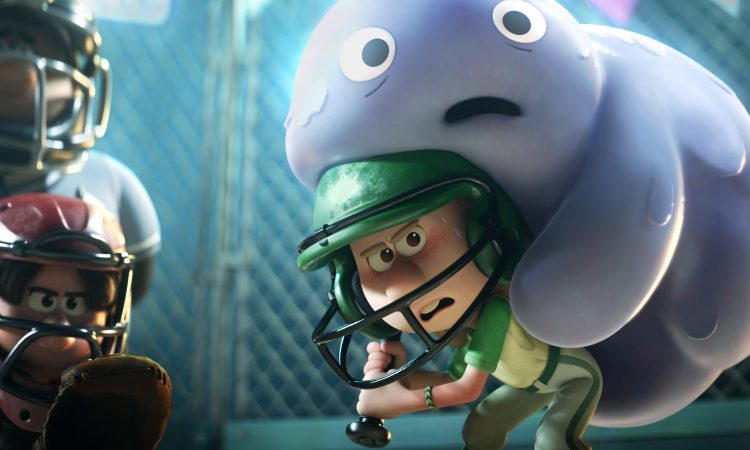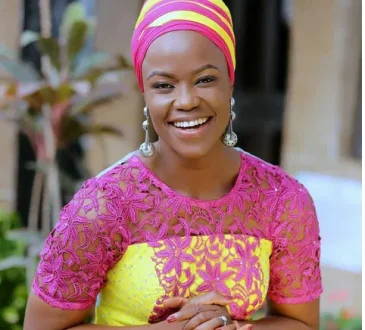“A Change in the Wind: Disney Rethinks Its Approach to Content Amid Cultural Crossroads

Disney’s Surprising Move Signals a Cultural Shift — or Strategic Recalibration?
In a move that has sent ripples through Hollywood and beyond, Disney’s decision to remove a transgender storyline from Pixar’s highly anticipated animated series Win or Lose has reignited debates about cultural representation, parental rights, and corporate strategy in the midst of America’s heated culture wars.

The series, set to premiere in February, follows a co-ed middle school softball team as they navigate life on and off the field. It was initially slated for release in early December, and the news of its delay — and subsequent storyline adjustment — has sparked questions about Disney’s evolving priorities. According to The Hollywood Reporter (THR), the company cited deference to parental rights as the driving force behind the decision to excise dialogue related to a character’s gender identity.
“When it comes to animated content for a younger audience, we recognize that many parents would prefer to discuss certain subjects with their children on their own terms and timeline,” a Disney spokesperson explained to THR. The character remains part of the show, but the lines referencing gender identity have been removed, reportedly transforming the character from a transgender individual to a cisgender girl.
Chanel Stewart, the teenage actor who voiced the character, and her mother, Keisha, have openly expressed disappointment. “There may be some parents out there who are not ready to have that conversation, but this is the world that we live in,” Keisha Stewart remarked in an interview with Deadline. “Everyone deserves to be recognized.”
For LGBTQ advocates, the decision feels like a step backward. Keisha’s sentiment echoes a broader concern within the community that removing such narratives further marginalizes voices that already struggle to find representation in mainstream media. For Chanel Stewart, the change also symbolizes a lost opportunity to provide young transgender audiences with a rare and meaningful reflection of themselves on screen.
However, Disney’s decision has been met with applause from some parental rights advocates. Alleigh Marré, executive director of the American Parents Coalition, called it “a step in the right direction” toward restoring trust between parents and media companies. “Parents should always be in the driver’s seat for how and when personal and sensitive topics are introduced and discussed,” Marré said in a statement to CBN News. “This decision reflects a growing acknowledgment that pushing gender ideology on kids is not only irresponsible but detrimental to the trust families place in these brands.”

Disney’s History with LGBTQ Representation
This is far from Disney’s first foray into controversies over LGBTQ representation in children’s entertainment. In 2022, the company faced backlash over its handling of a same-sex kiss in Pixar’s Lightyear, a spinoff of the beloved Toy Story franchise. Initially removed from the film, the scene was reinstated following internal and external pressure. The decision sparked outrage from some parents and lawmakers, further entrenching Disney in a public battle over Florida’s Parental Rights in Education Act, pejoratively dubbed the “Don’t Say Gay” bill.
Amid the backlash, leaked videos from Disney’s internal “Reimagine Tomorrow Summit” showcased senior leaders pledging to amplify LGBTQ representation in its content. Vivian Ware, a Disney diversity and inclusion manager, spoke during the summit about removing gendered greetings like “ladies and gentlemen” and “boys and girls” from Disneyland and Disney World announcements to create a more inclusive experience.
These moves emboldened critics who argued Disney was prioritizing ideology over storytelling, and some believe the backlash may have contributed to waning public trust and declining box office returns. Now, with the Win or Lose decision, it appears the company is charting a more cautious course.
A Strategic Pivot or Cultural Compromise?
The timing of Disney’s apparent recalibration cannot be ignored. The entertainment giant has faced mounting challenges, from dwindling streaming subscriptions to struggles at the box office. While cultural representation has remained a cornerstone of Disney’s branding, the tension between inclusivity and audience reception appears to have reached a breaking point.
Experts speculate that this latest move could reflect a broader strategic pivot to rebuild relationships with parents who feel alienated by some of Disney’s recent decisions. The decision aligns with a growing trend among corporations to prioritize “parental buy-in” for family-focused content amid polarized social debates.
Still, the question remains: Is Disney’s choice to sideline a transgender storyline a genuine attempt to honor parental autonomy, or is it a calculated effort to win back disillusioned audiences? And if the latter, what does it mean for the future of representation in children’s media?

The Broader Implications
Regardless of intent, the Win or Lose adjustment reflects a deeper cultural reckoning over the role of media in shaping societal norms. For advocates on both sides of the debate, the stakes are undeniably high. For some, it’s about protecting children from what they see as premature exposure to complex topics. For others, it’s about ensuring that every child sees themselves represented in the stories they consume.
As Disney continues to navigate these tumultuous waters, one thing is certain: the company’s decisions will remain under intense scrutiny. The question is whether this recalibration will succeed in bridging divides — or deepen the cultural chasms it seeks to navigate.
In the end, Disney’s actions offer a microcosm of a larger societal debate: Who gets to decide what stories are told, and when, and how? For now, audiences and critics alike will be watching closely as the company’s journey unfolds.




